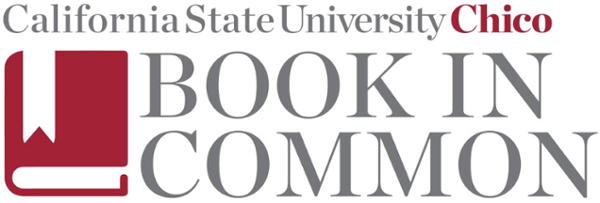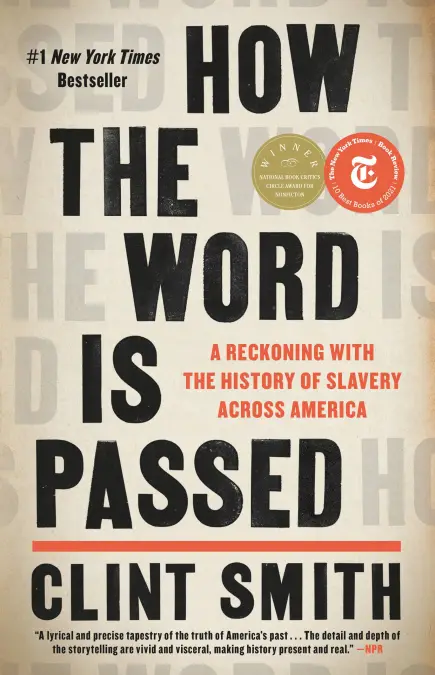- What is the significance of starting the book with Monticello?
- When did you first learn that Thomas Jefferson, the author of the Declaration of Independence, was an enslaver of human beings? How do your memories of this discovery relate to those shared by the visitors and staff at Monticello?
- Why does the author describe places and people in such great detail, down to the “crisply ironed khaki pants” of the tour guide?
- Discuss the tour guide’s definition of “chattel slavery,” which Smith said “captured the essence of chattel slavery in a way that few of my own teachers ever had”: “‘It is a system of exploitation, a system of inequality and exclusion, a system where people are owned as property and held down by physical and psychological force, a system being justified even by people who know slavery is morally wrong. By doing what? Denying the very humanity of those who are enslaved solely on the basis of the color of their skin.”
- How does Smith weave textual evidence into the narrative of his visit to Monticello?
- What is included in the slavery tour of Monticello? What is included in the main house tour? How has the tour changed over the years (see, especially, Smith’s conversation with Niya, pp.42-49)?
- How do the other tourists – in particular Donna and Grace – respond to what they learn on the tour? Have you ever felt or heard similar sentiments?
- Smith introduces himself as a poet on p.28 in response to Jefferson’s dismissal of the poetry of Phillis Wheatley. Here – and throughout the chapter – how does Smith’s positionality influence his reaction to Jefferson and Monticello?
- Why is Sally Hemmings so important in understanding the history of slavery, Jefferson, and Monticello? How does the new exhibit present this history?
- Does Monticello tell the truth about slavery? If so, what aspects of the house or plantation are the most honest or dishonest? In your opinion, what could be done differently?
Monticello Plantation
Discussion Questions
Resources
- Thomas Jefferson's Monticello official site
- "Visiting Monticello" official promotional video
- "Slavery at Monticello Guided Tour" official video
- Monticello and the University of Virginia in Charlottesville. UNESCO World Heritage Convention.
- "Jefferson's Monticello Makes Room For Sally Hemings." NPR.org. June 16, 2018.
Available in Meriam Library
- Gordon-Reed, Annette. The Hemingses of Monticello: an American Family. New York: W.W. Norton & Co., 2008.
- Kern, Susan. “Restoration and Slavery: Two New Exhibits.” Buildings & Landscapes: Journal of the Vernacular Architecture Forum 27, no. 2 (2020): 106–110.
- Stanton, Lucia C, and J. Jefferson Looney. “Those Who Labor for My Happiness”: Slavery at Thomas Jefferson’s Monticello. Charlottesville: University of Virginia Press, 2012.
Additional recommendations? Email bic@csuchico.edu


